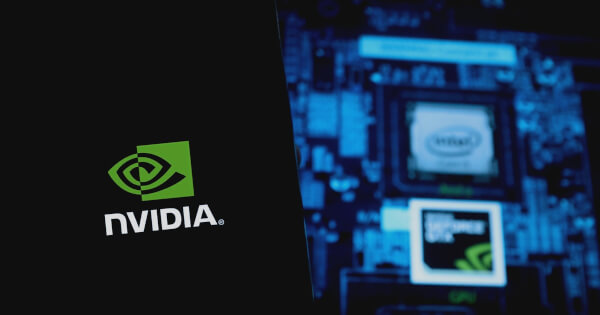FLUX.1 Kontext Disrupts Image Editing: How Low-Precision Quantization Changes the Game
FLUX.1 Kontext just rewrote the rules of image editing—and Wall Street's still trying to sell JPEGs as NFTs.
Low-precision quantization isn't just a buzzword. It's the engine behind FLUX.1's radical performance leap, slashing computational overhead while maintaining razor-sharp output quality. The tech cuts through traditional processing bottlenecks like a hot knife through butter.
Why This Matters for Creatives
Real-time rendering at half the computational cost? That's not an incremental upgrade—it's a paradigm shift. Designers can now iterate faster than ever without burning through GPU credits.
The Finance Angle
While VCs scramble to slap 'AI' on every pitch deck, FLUX.1's actual engineers built something that works. The quantization breakthrough proves innovation hasn't gone extinct—it just avoids Sand Hill Road.
Bottom line: When your editing tools get this efficient, even crypto bros might produce something worthwhile.

Black Forest Labs has unveiled its latest model, FLUX.1 Kontext, which promises to enhance the image editing landscape through innovative low-precision quantization techniques. This new model, developed in collaboration with NVIDIA, introduces a paradigm shift in image-to-image transformation tasks by integrating cutting-edge optimization techniques for diffusion model inference performance.
Innovative Editing Capabilities
The FLUX.1 Kontext [dev] model stands out by offering users the ability to perform image editing with greater flexibility and efficiency. By moving away from traditional methods that rely on complex prompts and hard-to-source masks, this model introduces a more intuitive editing process. Users can now perform multi-turn image editing, allowing complex tasks to be broken down into manageable stages while preserving the original image's semantic integrity.
Optimization for NVIDIA RTX GPUs
Leveraging the capabilities of NVIDIA's RTX GPUs, FLUX.1 Kontext [dev] utilizes TensorRT and quantization to achieve faster inference and reduced VRAM requirements. This optimization builds upon NVIDIA's existing advancements in FP4 image generation for RTX 50 Series GPUs, showcasing how low-precision quantization can revolutionize the user experience.
Pipeline and Quantization Techniques
The model incorporates several key modules, including a vision-transformer backbone and an autoencoder, which are optimized to enhance performance. The transformer module, consuming a significant portion of processing time, is targeted for optimization, employing quantization strategies such as FP8 and FP4 formats. These techniques reduce memory usage and computational demands, making the model more accessible on various hardware configurations.
Performance and Efficiency
Performance tests reveal substantial improvements in efficiency when transitioning from BF16 to FP8 precision, with further gains in FP4 precision. The quantization of the scale-dot-product-attention operator, a critical component of transformer architectures, plays a pivotal role in enhancing inference-time efficiency while maintaining high numerical accuracy.
The performance improvements are particularly notable on consumer-grade GPUs, such as the Nvidia RTX 5090, which benefits from reduced memory footprints, allowing for multiple model instances to be run simultaneously, improving throughput and cost-efficiency.
Conclusion
FLUX.1 Kontext [dev] model's integration of low-precision quantization with NVIDIA's TensorRT demonstrates a significant advancement in image editing capabilities. By optimizing inference performance and reducing memory consumption, the model offers a responsive user experience that encourages creative exploration. This collaboration between Black Forest Labs and NVIDIA paves the way for broader adoption of advanced AI technologies, democratizing access to powerful image editing tools.
For more detailed insights into the FLUX.1 Kontext model and its optimization techniques, visit the NVIDIA Developer Blog.
Image source: Shutterstock- image editing
- low-precision quantization
- flux.1 kontext
- nvidia tensorrt

